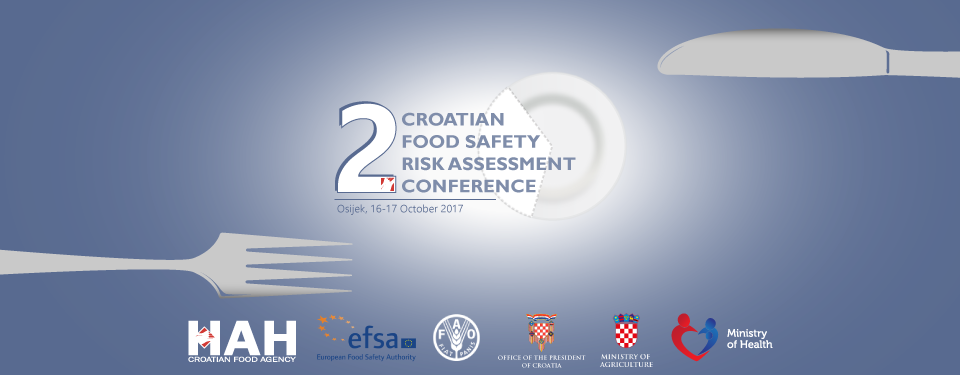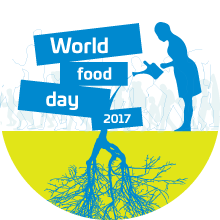Vlatka Buzjak Služek, M.Sc.
Croatian Food Agency (HAH)
Nitrates are naturally occurring compounds and are formed in living and decaying plants and animals, including humans. Nitrates are also used in agriculture as fertilizers and in food processing as approved food additives. They predominately enter the human body exogenously from vegetables, water, and other foods, but are also formed to a limited extent endogenously. Nitrates per se are relatively nontoxic, but their metabolites, nitrite and N-nitroso compounds, make nitrates of regulatory importance because of their potentially adverse health implications due to methaemoglobin formation. The ADI for nitrates is 0–3.7 mg /kg b.w.
Exposure assessment of nitrates for Croatian consumers was calculated from the most important food groups (vegetables, water and meat products) which contribute to nitrate intake. Exposure assessment was conducted according to two scenarios considering the average consumption per day on individual level for defined food groups and individual body weights. In average occurrence scenario mean value for nitrate concentration for each food group was considered and in high occurrence scenario 95th percentile of nitrate concentration for two food groups that contribute the most to the total nitrate exposure and mean value for other food groups.
In average occurrence scenario 0.15% of population exceeds the ADI level, while in high occurrence scenario 2.15%. The most important sources of dietary intake of nitrates in Croatian adult population are vegetables (56%), especially leafy vegetables, following by drinking water (37%). Meat products contributing 7% to overall exposure.







